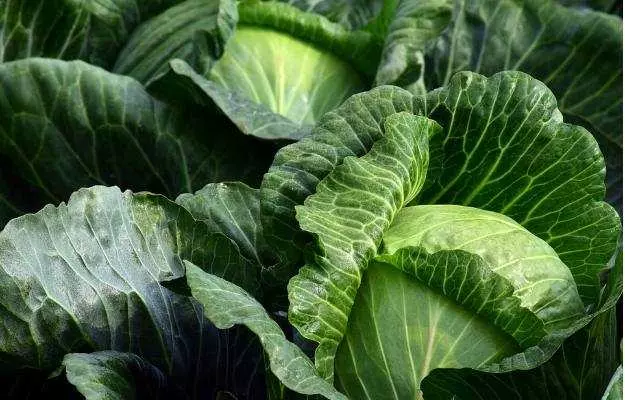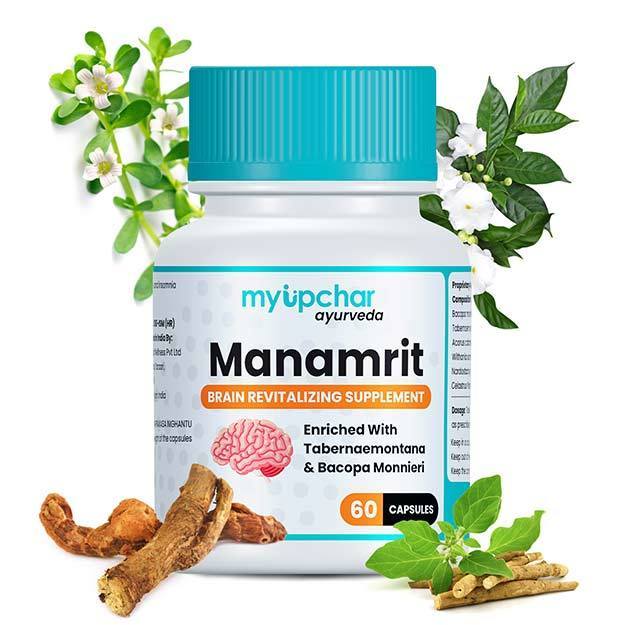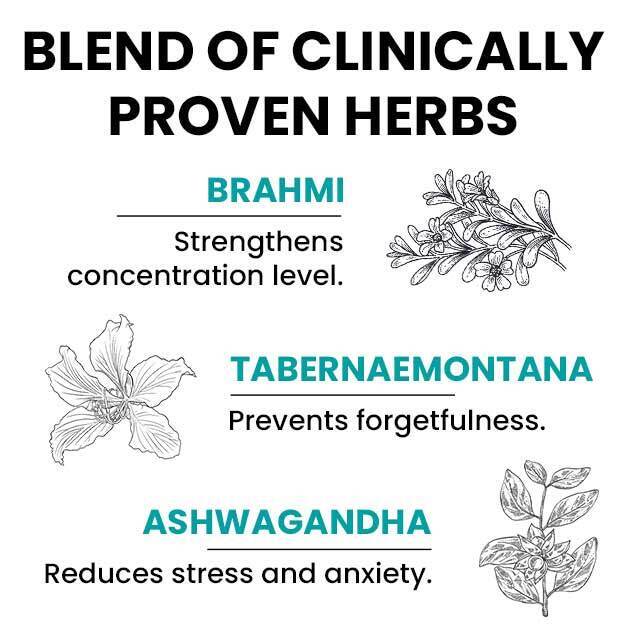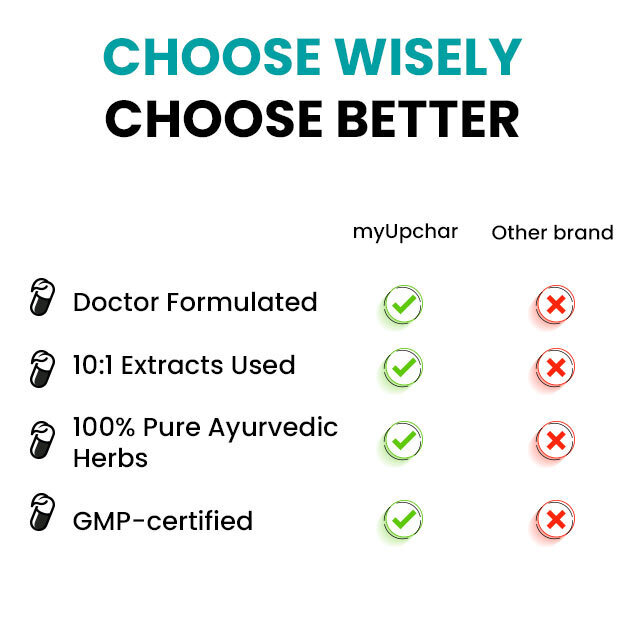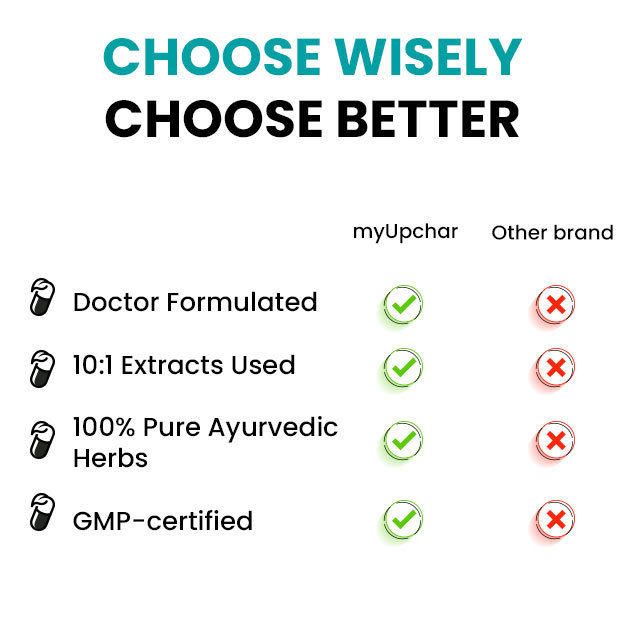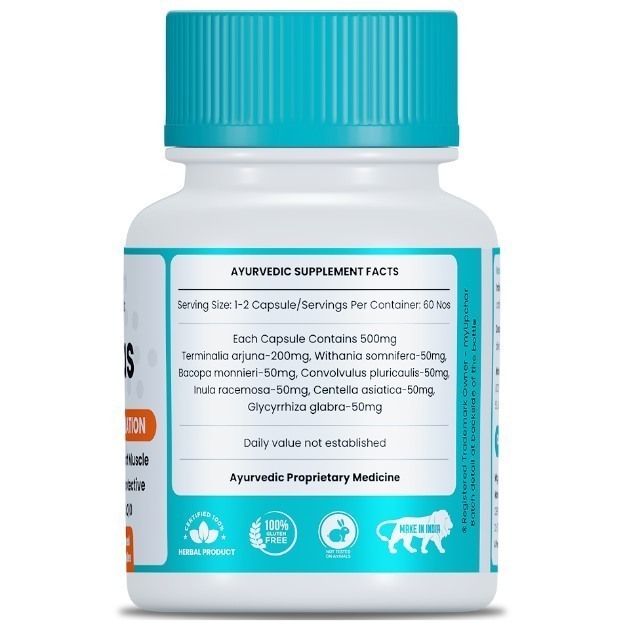Cabbage is a member of the cruciferous family of vegetables, which also includes broccoli and Kale. This crunchy vegetable is full of health building nutrients and has many qualities apart from being a flavourful addition to your salads. In fact, it is one of the most delectable vegetables since it tastes almost as good raw as it does when cooked. Since it is low in calories and has a negligible amount of fat, it makes a perfect addition to your weight loss diet. Toss some leaves into your breakfast salad along with some lettuce and almonds or boil it to enjoy with some cheese and salt.
Being a good source of vitamins and minerals, it has several benefits for your health. Not only does it prevent heart diseases and help improve digestion but also it does wonders for your skin and hair.
It might interest you to know that this much-loved vegetable finds its origins somewhere around 600 B.C. when it was introduced in ancient Europe. However, a different variety was already being used much before that in China, both as a food and as a medicine. Cabbage did not spread to the modern world till the end of 16th century, AD. But once it got out in the world, cabbage made a special place for itself in most cuisines and medicine systems.
Some basic facts about cabbage:
- Scientific name: Brassica olaraceae var. Capitata
- Common name: Cabbage, patta gobhi in hindi
- Family: Brassicaceae
- Native region and geographical distribution: Cabbage is native to Europe but is grown throughout the world
- Interesting facts:
- Cabbage gets its scientific variety name ‘capitata’ from a Latin word which means ‘having a head. This is due to its distinct shape that looks like a human head.
- A single cabbage head generally weighs from 0.5 to 4 kilograms (1 to 9 lb).
- World record for the heaviest cabbage belongs to Alaska. The weight of that cabbage was 62.71 kgs.
- China is the world’s leading producer of cabbage, accounting for about 47% of the total cabbage production in the world.
- Cabbage plant completes its life cycle in two years. This leafy vegetable comes in a variety of colours like green, purple and white, all of which share similar benefits.
Cabbage calories and nutrition facts
Hundred gram of cabbage contains about 92.18 g of water, about 25 kcal of energy and is loaded with potassium, calcium and vitamin C.
According to the USDA nutrient database, 100 g of cabbage contains the following contents:
| Nutrients | Values per 100 g |
| Water | 92.18 g |
| Energy | 25 g |
| Protein | 1.28 g |
| Fats | 0.10 g |
| Carbohydrate | 5.80 g |
| Fibre | 2.5 g |
| Sugar | 3.20 g |
| Minerals | |
| Calcium | 40 mg |
| Iron | 0.74 mg |
| Magnesium | 12 mg |
| Phosphorus | 26 mg |
| Potassium | 170 mg |
| Sodium | 18 mg |
| Zinc | 0.18 mg |
| Vitamins | |
| Vitamin C | 36.6 mg |
| Vitamin B6 | 0.124 mg |
| Folate | 43 µg |
| Vitamin A | 5 µg |
| Vitamin E | 0.15 mg |
| Vitamin K | 76.0 µg |
| Fats/Fatty acids | |
| Saturated | 0.034 g |
| Monounsaturated | 0.017 g |
| Polyunsaturated | 0.017 g |
Types of cabbage
There are seven different varieties of cabbage
- Cannonball cabbage: Popularly known as the green cabbage. It has dark to light green leaves compactly arranged together in a head which gives it the shape of a cannonball.
- Red cabbage: Has a higher content of anthocyanin pigment, which gives it a reddish colour.
- Bok choy: Has long green leaves which are not clustered closely as green cabbage. Mostly used in Chinese cuisine.
- Choy sum: Looks similar to bok choy but its leaves are a bit bigger and not as prominently separated from stems.
- Savoy cabbage: Winter vegetable originating in England. It has dark green curly leaves which are packed tightly.
- Napa cabbage: It has pale green leaves attached all the way to the base of the white stalk, though it does not form a head.
- January King: This is an English cabbage which has light green leaves on the inside and purple to blue leaves on the outside.
Cabbage health benefits
The perfect amalgamation of beneficial nutrients and compounds makes cabbage one of the healthiest vegetables known.
Let us explore some of the scientifically proven health benefits of cabbage.
Cabbage as an antioxidant and anti-inflammatory agent
Cabbage contains a wide range of antioxidants like flavonoids and vitamins, which help in removing toxins and free radicals from your body. It has been reported to be an alkalising vegetable that decreases urine acidity and increases the expulsion of excess uric acid from your body. This uric acid, otherwise, collects at various places in your body such as joints and kidneys and causes immense discomfort.
According to a research study, red cabbages have a higher antioxidant content than green cabbage and are more beneficial for your health.
Another study evidenced that cabbage contains a compound called sulforaphane which reduces inflammation.
These antioxidants and anti-inflammatory properties of cabbage can be helpful in reducing the symptoms of inflammatory diseases such as arthritis, Inflammatory bowel disease and atherosclerosis.
(Read more: Antioxidant rich food)
Cabbage for digestion
Cabbage is a rich source of both insoluble and soluble fibre. Insoluble fibres are those which cannot be metabolized by intestines. They add bulk to digested food thus aiding in smoother bowel movements. This, in turn, prevents constipation.
Soluble fibre improves gut flora by increasing helpful bacteria such as Bifidobacteria and Lactobacilli, thus creating a more suitable environment for digestion and proper metabolism of dietary products.
Along with the anti-inflammatory properties of cabbage, regulation of bowel movements relives excess pressure from your gut, thereby, preventing piles and inflammatory bowel disease.
(Read more: How to improve digestion)
Cabbage for weight loss
Cabbage, being high in dietary fibre, and low in calories, acts as a perfect addition to your weight loss diet.
The fibre content of cabbage causes a delay in stomach emptying and adds bulk to the food, slowing down its passage from intestines to the rectum. It keeps you full for longer and subsides hunger pangs, which, in turn, helps in weight reduction.
Cabbage soup diet is one of the famous weight loss diets wherein a person takes only cabbage soup in all meals. Some fruits and vegetables may be consumed in between. The theory behind this diet is that the individual soon becomes bored of it and stops eating or starts to eat less. On an average, this diet reduces your total calorie count to 700 kcal per day as opposed to the standard 2000 kcal.
Additionally, it reduces absorption and accumulation of fats in your body, helping you trim off those extra inches quickly.
(Read more: Obesity causes and treatment)
If you are tired of dieting and exercising and are not able to lose weight, then use myUpchar Ayurveda Medarodh Fat Burner Capsule, it has no side effects, order it today and avail the benefits.
Cabbage for healthy eyes
Cabbage is a good source of beta-carotene and vitamin A, which make it a healthy vegetable for your eyes. Beta-carotene is the precursor of vitamin A which is required for maintaining good vision.
Along with beta carotene, cabbage also contains a good amount of vitamin C and zinc. Together all of these nutrients have been reported to reduce the risk of macular degeneration and delaying cataract. Playing an important role in collagen synthesis, vitamin C ensures stronger blood vessels and tissues thus increasing eye strength.
Furthermore, cabbages are rich in antioxidant compounds which reduce oxidative stress and prevents vision defects in early age.
Going shopping for cabbage yet?
(Read more: How to improve eyesight)
Cabbage for brain
Cabbage is a good source of vitamin K, which plays an important role in maintaining brain cell structure and function along with the transmission of signals within brain cells. As an antioxidant, it protects you from neurodegenerative diseases like Parkinson’s disease, Alzheimer’s and dementia. Laboratory studies have found the positive effect of cabbage sprout juice on specific Alzheimer proteins. As per the findings of this study, cabbage juice prevents the accumulation of beta-amyloid protein in brain, which is the primary cause of brain plaques in Alzheimer patients. These brain plaques are responsible for Alzheimer's related memory loss and reduction in cognition.
Furthermore, cabbage may also be helpful in reducing sleep issues. Animal-based studies demonstrate the hypnotic effects of red cabbage, suggesting that this cabbage can help in reducing insomnia and getting a good night’s sleep.
(Read more: How to improve brain power)
Cabbage for skin and hair
Cabbage is rich in antioxidants including vitamin C, anthocyanins, and flavonoids. These antioxidants play a vital role in maintaining healthy skin. They quench out the free-radicals, which otherwise causes cell damage. Antioxidants also assist in improving body’s response to ageing and reducing UV damage. So goodbye fine lines, dark spots and wrinkles.
Cabbage antioxidants are not only good for your face but also they aid in promoting hair health and reducing hair loss. By reducing oxidative stress they ensure that your hair does not start greying early. Furthermore, cabbage contains some amount of sulphur and silicon which aid in preventing dry hair and hair fall.
You can make a moisturising hair mask by mixing cabbage juice with some oatmeal to get rid of frizzy hair.
(Read more: How to tighten face skin)
Cabbage for bones
Calcium and potassium content of cabbage makes it an excellent dietary addition for bone health. It helps in preventing bone degeneration and reduces the risk of osteoporosis.
Traditionally cabbage leaves are wrapped around joints to relieve osteoarthritis pain. Though research evidence suggests that it is better than the usual care, cabbage wraps are not as effective as conventional treatment.
Arthritis is an inflammatory disease that affects joints. It is mainly characterized by joint pain and swelling. As an antioxidant and anti-inflammatory, cabbage may be helpful in relieving arthritis symptoms and keeping this disorder at bay.
Cabbage for heart health
Maintaining good heart health remains one of the primary concerns of the sedentary and stress-prone generation of this century. Factors like high blood pressure and high cholesterol are responsible for increasing the risk of various cardiovascular diseases. Cabbage is rich in polyphenols, compounds which are known to reduce this risk by lowering cholesterol, reducing blood pressure, and preventing excessive blood clotting. But polyphenols are not the only heart-friendly compounds present in cabbage.
The anthocyanin content of red cabbage is known to suppress inflammation, which is one of the major risk factors for cardiovascular diseases. According to a study published in the ‘American Journal of Clinical Nutrition’, a diet containing high amounts of anthocyanin lowers arterial stiffness and thus assists in reducing hypertension. Being a rich source of potassium, it helps maintain the salt balance in your body which just adds to the anti-hypertensive (blood pressure reducing) effects of cabbage. Also, potassium helps maintain cardiac rhythms and prevents arrhythmia.
In vivo (animal-based) studies indicate that cabbage reduces hyperlipidemia (high-fat levels) by increasing fat expulsion along with faeces. This prevents plaque formation in arteries which may otherwise make one prone to heart attack and stroke.
(Read more: Heart disease causes and symptoms)
Cabbage prevents cancer
Research published in the journal ‘Cancer Epidemiology Biomarkers and Prevention’ suggests that glucosinolates, a type of biologically active compound present in cabbage have potent anti-tumorous property. As you chew cabbages, these glucosinolates break down to simpler compounds, which actively inhibit the growth of cancerous cells. In a series of studies, cabbage and other Brassicaceae vegetables have demonstrated anticancer activity against breast cancer, prostate cancer and bladder cancer cell lines.
According to a clinical study, intake of vitamin C and vitamin E is inversely related to the risk of cervical cancer in women and cabbage boasts a good amount of both these vitamins.
Further studies indicate that a compound named 3,3′-Diindolylmethane present in cabbage suppresses the growth of breast cancer cells by interfering with their cell cycle. This compound also reduces drug resistance in epidermal growth factor receptors, a type of skin protein that is responsible for the uncontrolled cell growth in skin cancer. Thereby, improving the effects of chemotherapy.
(Read more: Cancer treatment)
Cabbage side effects
Apart from the many benefits, cabbages can also have few side effects on your body. Some of which are:
- Cabbages may reduce blood sugar levels. Diabetic people are recommended that they check in with a doctor to know more about the hypoglycemic (reducing blood sugar) effects of this vegetable.
- Even though cabbage aids in digestion but it is very hard to digest. This may be because of the high fructan content, a type of carbohydrate that a lot of people are intolerable to. If you have a weak stomach or intolerance to this compound, eating cabbage may lead to diarrhoea and bloating.
- Cabbage alters the functioning of the thyroid gland since digesting these vegetables disrupts the utilization of iodine by the body. So if you are already suffering from hypothyroidism or hyperthyroidism you should consult your doctor before including cabbage in your diet.
- Iodine deficiency may also cause goitre.
- Staying on cabbage diet for weight loss for more than a week continuously will make you feel weak due to the lack of nutrition.
References
- Texas AgriLife Extension Service .Cabbages and Celts. Texas A&M System
- United States Department of Agriculture. Basic Report: 11109, Cabbage, raw. National Nutrient Database for Standard Reference Legacy Release; Agricultural Research Service
- Kanbara A, Hakoda M, Seyama I. Urine alkalization facilitates uric acid excretion. 2010 Oct 19;9:45. PMID: 20955624
- Rokayya S, Li CJ, Zhao Y, Li Y, Sun CH. Cabbage (Brassica oleracea L. var. capitata) phytochemicals with antioxidant and anti-inflammatory potential. 2014 Jan;14(11):6657-62. PMID: 24377584
- Herbert Tilg. Cruciferous vegetables: prototypic anti-inflammatory food components. Tilg Clinical Phytoscience (2015) 1:10 ; DOI 10.1186/s40816-015-0011-2
- Guo L, Zhu H, Lin C, Che J, Tian X, Han S, Zhao H, Zhu Y, Mao D. Associations between antioxidant vitamins and the risk of invasive cervical cancer in Chinese women: A case-control study. 2015 Sep 4;5:13607. PMID: 26337940
- Rahimi M, Huang KL, Tang CK.3,3′-Diindolylmethane (DIM) Inhibits the Growth and Invasion of Drug-Resistant Human Cancer Cells Expressing EGFR Mutants. 2010 Sep 1;295(1):59-68. PMID: 20299148
- Takai M, Suido H, Tanaka T, Kotani M, Fujita A, Takeuchi A, Makino T, Sumikawa K, Origasa H, Tsuji K, Nakashima M. LDL-cholesterol-lowering effect of a mixed green vegetable and fruit beverage containing broccoli and cabbage in hypercholesterolemic subjects. 2003 Nov;51(11):1073-83. PMID: 14679785
- Nardini M, Natella F, Scaccini C. Role of dietary polyphenols in platelet aggregation. A review of the supplementation studies. 2007 May;18(3):224-43. PMID: 17497435
- Jennings A, Welch AA, Fairweather-Tait SJ, Kay C, Minihane AM, Chowienczyk P, Jiang B, Cecelja M, Spector T, Macgregor A, Cassidy A. Higher anthocyanin intake is associated with lower arterial stiffness and central blood pressure in women. 2012 Oct;96(4):781-8. Epub 2012 Aug 22. PMID: 22914551
- Michael J. Morowitz, Erica Carlisle and John C. Alverdy. Contributions of Intestinal Bacteria to Nutrition and Metabolism in the Critically Ill. 2011 Aug; 91(4): 771–785. PMID: 21787967
- Azar Hosseini, Mohammad-Ali Sobhanifar,Fatemeh Forouzanfar, Azita Aghaee, and Hassan Rakhshandeh. Hypnotic Effect of Red Cabbage (Brassica oleracea) on Pentobarbital-Induced Sleep in Mice. 2018 Jan-Mar; 10(1): 48–53. PMID: 29657508
- Maria Fernanda Reis Gavazzoni Dias. Hair Cosmetics: An Overview. 2015 Jan-Mar; 7(1): 2–15.PMID: 25878443
- Chandra Amar. Iodine, Thiocyanate and the Thyroid. Biochem Pharmacol (Los Angel) 2015, 4:3; DOI: 10.4172/2167-0501.1000171

